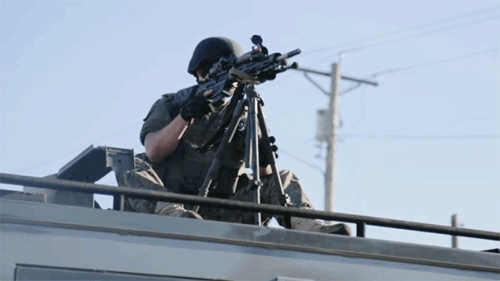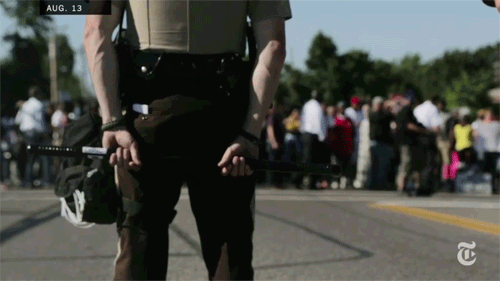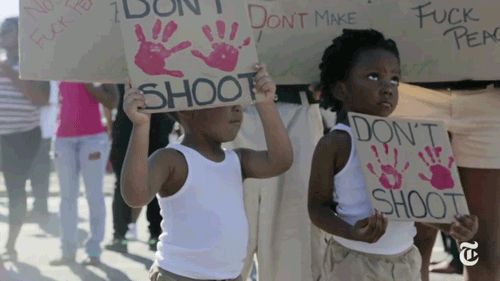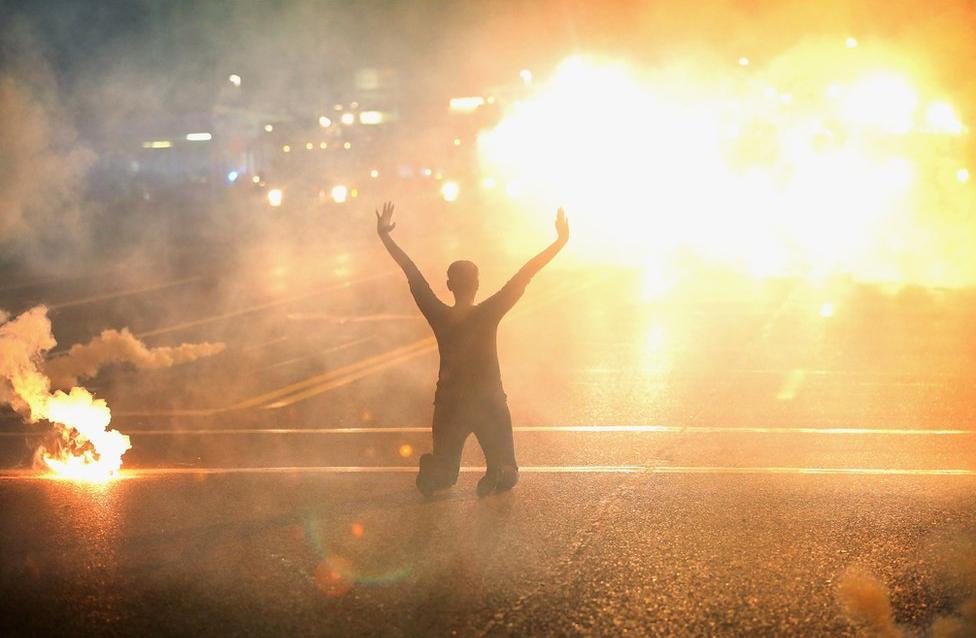Ferguson: Racism, Riots, and Retrospect
September 4, 2014

SAN JOSE, CALIFORNIA–More than three weeks have passed since Ferguson police officer Darren Wilson, 28, repeatedly shot and ultimately killed Michael Brown, 18, who was unarmed. With the protesters in Ferguson still seeking justice, now seems to be as reasonable a time as any to discuss what’s really happening in Ferguson, as well as the implications that the events in Ferguson may have for San Jose. The shooting of Michael Brown has started a nationwide discussion about an issue that’s usually swept under the rug—racism. Though it can’t definitively be said that Brown’s death was fueled by racism (that decision is for the courts to make), it certainly can’t be denied that racism is an issue in places as divided as Ferguson and as diverse as San Jose. A few statistics might help to create a better picture of just how eerily similar the two cities are.
San Jose is a diverse place, so one would assume that it has a police department that is far more diverse than that of Ferguson. Unfortunately for the people of San Jose, that’s not an accurate assumption. The San Jose Police Department isn’t as great at representation as one would imagine it to be. According to the 2010 Census, San Jose is definitely populated by a wide range of races: 3.2% of its citizens are African American; 32% are Asian; and 33.2% are Hispanic or Latino. The police department, however, is a different story; 63% of the San Jose Police Department’s officers are white, while only 27% of the San Jose population is white. While a 63% majority isn’t as horrifying as the 94% majority in Ferguson, it’s still a sign of a damaged system.

Alright, San Jose’s police department may not be as diverse as it could be, but racism isn’t as big of an issue here as it is in Ferguson, right? Wrong. San Jose may not have riots, but it certainly has racists. Lion Tales interviewed Lincoln seniors Amar Uppal and Joshua Pono about an incident of racism that they recently experienced. The two, along with a third friend, were approached as they were walking towards the mall by four men in a car, who felt that it was necessary to point out that “only in San Jose would a Greek be walking with an Indian and an Asian.”
In response to the incident, Amar said, “I was pretty shocked that they were uh…they, they [sic] said it in a pretty mean tone, so I was just like okay.” Lion Tales followed up by asking both Josh and Amar if they were surprised by this act of racism in a city as diverse as San Jose. The two had very different reactions. Josh’s response: “I mean, yeah because we’re in San Jose and mainly because I’ve never run into that type of stuff before.” Amar, on the other hand, had a slightly more cynical, albeit justified, answer: “Not really because it happens a lot. You can’t really stop it.”
“You can’t really stop it” seems to be the general public’s opinion about racism. Even Josh appeared to be prepared to accept that racism was just a part of life. Two days prior to our interview, when the incident first occurred, Josh was so stunned by the men’s blatant racism that he was practically shouting out the story during class. By the time Lion Tales interviewed him, however, Josh was calm and almost nonchalant about the entire situation. It appeared as though, in the cases of both Josh and Amar, the passing of time had left them feeling apathetic about their experience. They were no longer angry.
Amar and Josh’s choice to move on from a negative experience with four random strangers whom they’ll never see again is perfectly understandable, but what happens when the racist remarks aren’t coming from strangers, but rather from a teacher? That’s the situation that one class here at Lincoln High School found themselves in last year when they met their substitute for the day.
One student from the class described the experience: “One time in my history class we were watching a video on the civil rights movement in the 60s, and it was showing the racial tension between the blacks and the whites. We had a sub that day. At the end of the movie, he came up to the only African American student in the room, and he said, ‘How did you feel about this when you watched it? What were your reactions?’”
Okay, let’s give this teacher the benefit of the doubt; maybe, he was just calling on the first student he saw. Were there any solid indications that the teacher’s actions were racially motivated?
“He said he was just a little racist.”
Well then. How did the class react to this?
“Well, after we were all pretty upset, and we were talking amongst ourselves, but we didn’t tell any of the administrators about it because I guess we didn’t think it was our part to do so. I don’t know…”
The incident with the racist substitute ultimately turned into one big joke for the students in the class. Kids weren’t laughing because it was funny; they were laughing because it was uncomfortable, and they didn’t want to address the issue. Right now, however, the people of Ferguson are making the choice to bring to light the racial division within today’s society.

In Ferguson, 50 officers out of a total of 53 are white. That is significant considering that 63% of the population in Ferguson are African American. While the Ferguson police department is doing an excellent job of representing its white population, one might note that the police department in Ferguson could use a bit more diversity if it wishes to represent the entirety of its population. Additionally, given that Ferguson’s police department can hardly be considered a reflection of the community it’s supposed to “protect and serve,” it’s no surprise that fines and penalties for crimes in the city are disproportionately leveled against African Americans. In fact, 92% of police searches and 86% of car stops in Ferguson are aimed at the African American population.
What we can learn from these numbers is that Ferguson had a number of racially-based issues prior to Michael Brown’s death, but the shooting was the final straw for the already agitated citizens, leading to these weeks of protesting and rioting. Racism may or may not have been the catalyst for Michael Brown’s murder, but Brown’s death was definitely the catalyst for the big discussion about race everywhere, including here in San Jose.
The story of the substitute teacher and the story of the Ferguson riots have one big thing in common—they show what can happen when society puts power in the hands of those who abuse it. The police of Ferguson are supposed to “protect and serve” the citizens, not protect and serve their own interests. The substitute’s racist actions were viewed with shock at first, but by the end of the day, the incident had turned into a joke. His actions were normalized; it was just another case of racism, and no one felt the need to say anything to the administration. The people of Ferguson have made the choice to speak up. Perhaps the students at Lincoln should take note and live up to their “Do Right” motto.
Feature image courtesy of Scott Olson, Getty Images.
